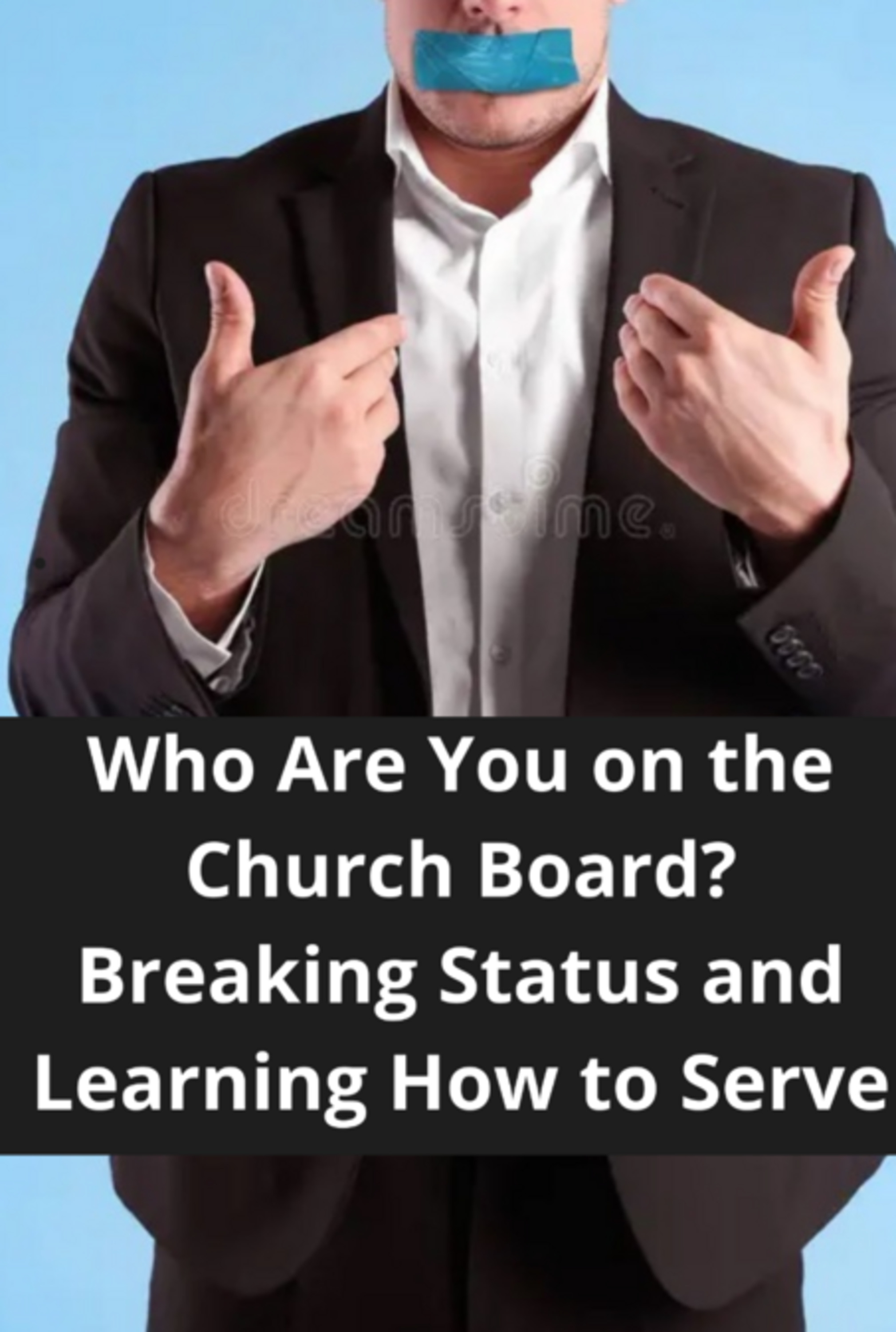Who Are You on the Church Board? Breaking Status and Learning How to Serve Dear, Every time I serve, I lead! Simone Faria. I am Simone Faria, graduated in Literature, postgraduate five times in different spheres, as well as a master in Educational Sciences, Teacher, Secretary of Education, Councilor and Businesswoman. Currently, Businesswoman and Administrator at First Baptist Church in Farol de São Thomé. I recommend this beautiful book "Who are you on the Church Board?" The content of this is profound and brings a demystification of status and comfort about the title, reinforcing what we find in Mark 10:45: "For the Son of Man himself did not come to be served, but to serve and to give his life as a ransom of many. As a businesswoman and church administrator, I know firsthand the challenges and opportunities that come with leading and serving in a religious context. About the book: Who Are You on the Church Board? is a work that resonates deeply with me for its practical and relevant approach to leadership and service in the church. Written by Elias do Amaral Viana, the book offers valuable insights into how we can break down barriers and learn to serve with excellence and humility. During the dynamic in which all board members had tape over their mouths and were taken to all church offices, the question Who are you on the Board? echoed in their minds. This experience provided a unique opportunity for reflection and introspection about their roles and responsibilities as leaders of the faith community. As they walked the halls of the church, observing different areas of the congregation, insights began to emerge. Some board members felt a sense of discomfort when they realized they were physically unable to speak, highlighting the importance of open communication and the ability to express ideas and concerns. Others were confronted with the reality of how their actions and decisions directly impacted the church s various activities and ministries. They saw firsthand the importance of harmonious teamwork and collaboration between different departments to the overall success of the faith community. For some, the experience served as a powerful reminder that leadership is not just about authority or position, but also about serving and supporting those in your care. They recognized the need for humility, compassion, and empathy in leading the church. At the end of the dynamic, each board member was challenged to reflect on their answer to the question: Who are you on the Board? and to consider how they could improve and strengthen their leadership role in the faith community. This shared experience helped unite the board in a common purpose and reinforce the commitment to serve God and the church in a meaningful and effective way. During the dynamics involving all members of the board, the church transformed into a mirror that reflected not only the physical structure, but also the internal dynamics and relationships that constituted it. As each leader walked through the offices, with tape symbolizing the restriction of verbal communication, a series of perceptions and reflections began to emerge, illuminating fundamental aspects of each person s role and responsibility in leading the church. The enforced silence brought to the surface a powerful awareness of the importance of effective communication and the ability to express ideas and concerns clearly and openly. It was evident that without the ability to communicate freely, leaders faced significant challenges in conveying visions, solving problems, and making collaborative decisions. The journey through the church provided a privileged view of the different areas and ministries that make up the life of the congregation. Leaders were able to witness firsthand how their actions and decisions reverberated throughout every corner of the faith community, impacting everything from the worship department to the Bible study group.
